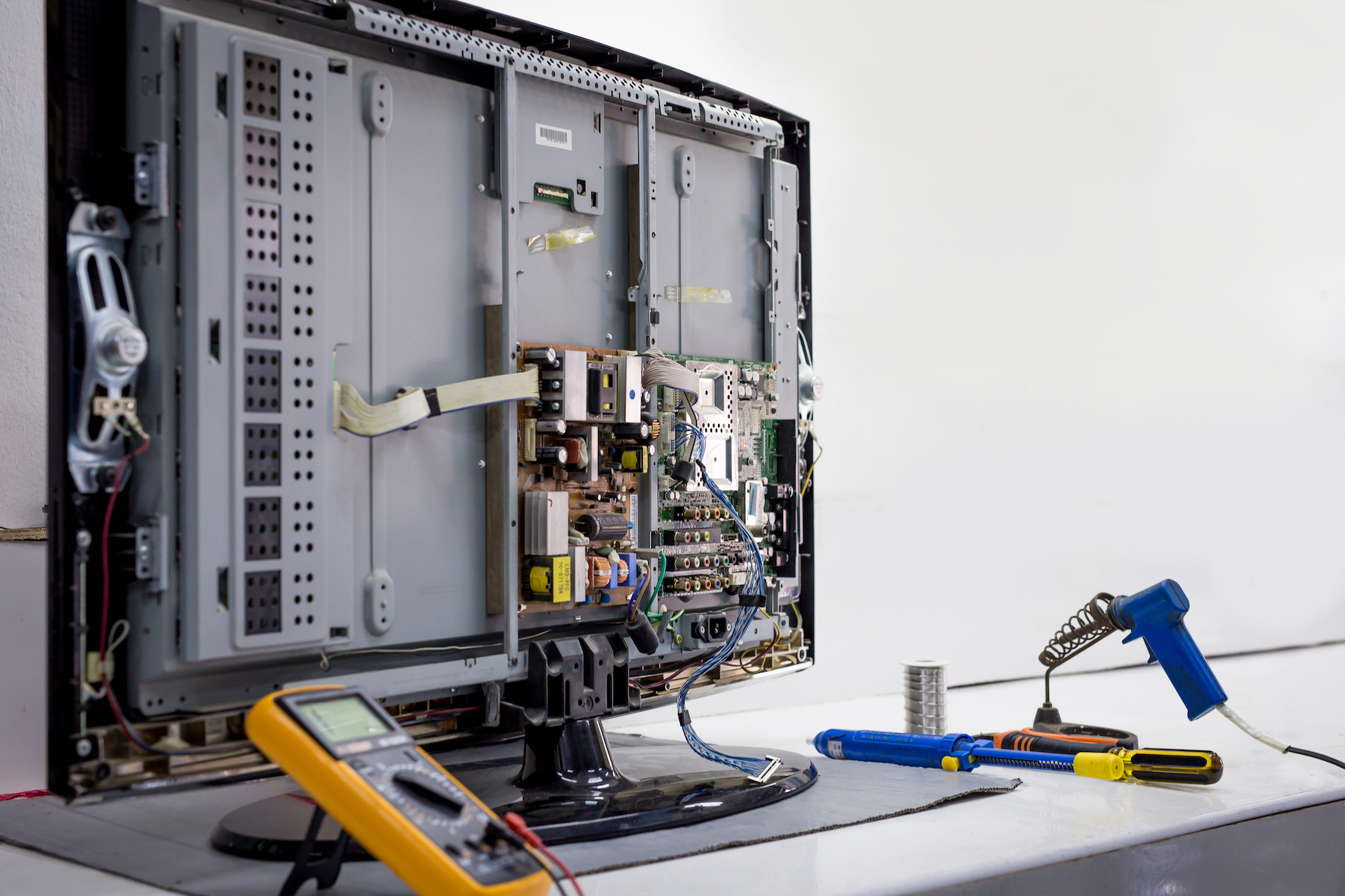The key to reducing ewaste starts with slowing the cycle of consumption from the outset. Which in turn demands a more sophisticated policy approach to reuse, repair, refurbishment and the sharing economy.
Victoria’s ewaste to landfill ban commenced on 1 July 2019, signaling a new approach to how we should better manage our dead and unwanted appliances, computers, smart phones and batteries.
The ban applies to all products with a plug or battery, as well as batteries. This means that individuals and businesses can no longer place their used, broken or obsolete electrical and electronic goods in their household or work rubbish and recycling bins.
Instead they need to take these items to an approved collection point to be recycled properly, or better still they could be kept in use by having them repaired, or passing them on to a friend or family member for a second life.
Victorians generated 105,000 tonnes of ewaste in 2015 or more than 18 kg per person. Less than 45% of that ewaste was recovered and ended up in landfill. Many of these products can contain potentially hazardous substances such as Lead, Mercury, Cadmium and Brominated Flame Retardants.
The need to safely recover and manage end-of-life electronics and electrical items is a high environmental and safety priority.
The ewaste ban is an important first step towards stemming the tsunami of ewaste however it does not slow the generation of ewaste in the first place.
This is where more effort is required by manufacturers and government to make small appliances such as toasters, hair dryers, kettles and other low-cost devices much more repairable compared to many current products which are effectively semi-disposable.
Furthermore, the Victorian Government and local councils should support their communities to establish appliance and tool libraries that enable the sharing of items used less frequently.
Ewaste Watch director and co-founder – John Gertsakis – highlights the environmental value of manufacturing long-life products:
“The time has come for governments and communities to push for increased product durability and policies that maximise cost-effective options for consumers to reuse, repair and refurbish electronic devices” said John Gertsakis.
What can individuals and businesses do to help avoid and reduce ewaste?
- Avoid generating ewaste in the first place
Buy less, choose well and make it last. - Use tool and appliance libraries where available
Share, borrow and lease electrical and electronic products rather than purchasing them. - Always ask about warranties and repair options
Check brand and retailer commitment when buying new products and find out what they offer with regard to repair and replacement options. - Make use of repair cafes
Join local DIY electronics repair groups and make use of resources such as iFixit - Preventative maintenance
Looking after your electrical and electronic products is key to making them last longer and keeping them out of landfill i.e. regularly check and service larger appliances as a way of maximising their longevity. - Local council reuse and recycling options
Check the waste and recycling pages on your local council’s website to see what reuse and recycling services they provide. - Find your nearest ewaste collection point
Sustainability Victoria – www.ewaste.vic.gov.au
RecyclingNearYou – www.recyclingnearyou.com.au
National Television and Computer Scheme – https://www.environment.gov.au/protection/waste-resource-recovery/television-and-computer-recycling-scheme
MobileMuster – www.mobilemuster.com.au

